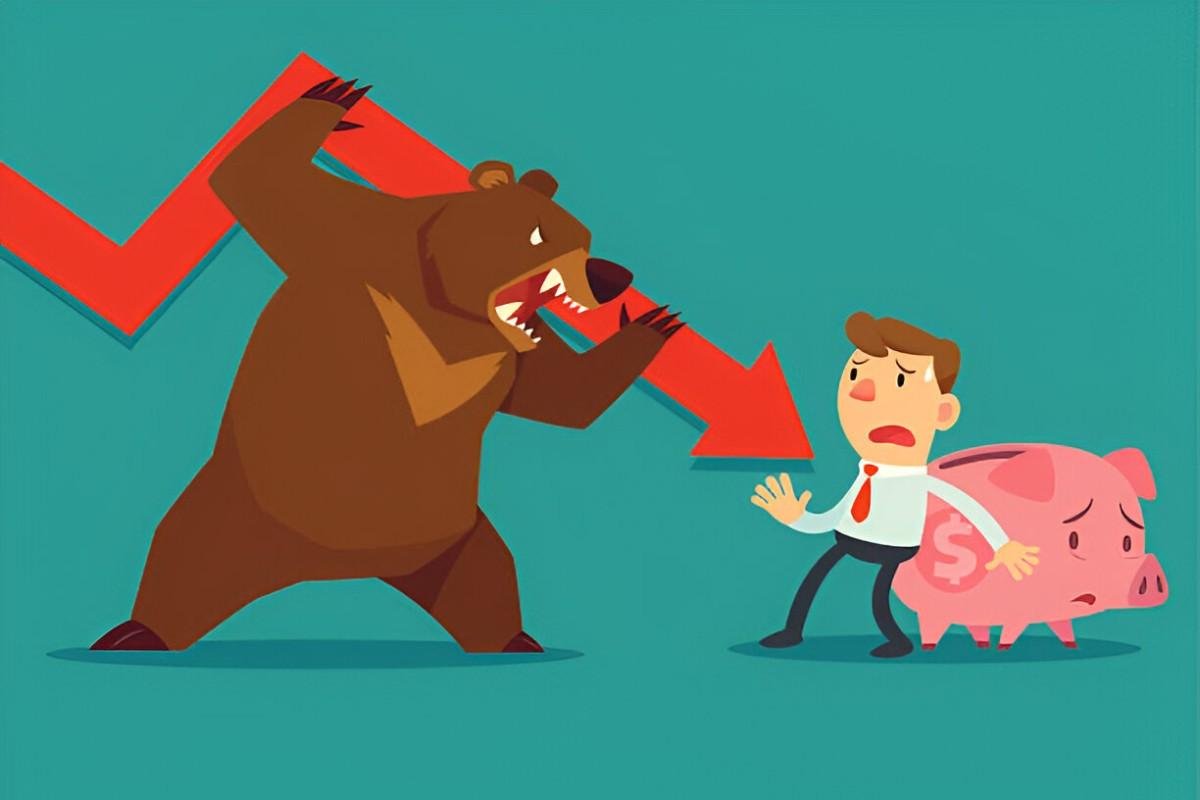Introduction
As an investor, I know that bear markets test patience and strategy. When stock prices fall and pessimism dominates, aggressive mutual funds—often associated with high growth and high risk—face unique challenges. But does that mean they should be avoided? Not necessarily.
Table of Contents
What Are Aggressive Mutual Funds?
Aggressive mutual funds invest primarily in high-growth stocks, often with higher volatility than the broader market. These funds focus on capital appreciation rather than income generation, making them riskier but potentially more rewarding over the long term.
Key Characteristics:
- High equity exposure (80-100%) – Mostly stocks, with little to no bonds.
- Sector concentration – Often overweight in tech, small-caps, or emerging markets.
- Active management – Fund managers frequently adjust holdings to chase growth.
Example: Aggressive Growth Fund Allocation
| Asset Class | Allocation (%) |
|---|---|
| Large-Cap Growth Stocks | 60% |
| Small-Cap Stocks | 25% |
| International Equities | 10% |
| Cash & Equivalents | 5% |
How Bear Markets Impact Aggressive Funds
A bear market, typically defined as a 20%+ decline from recent highs, affects aggressive funds disproportionately because:
- Higher Beta Sensitivity – These funds often have a beta greater than 1, meaning they fall more than the market.
- Beta formula: \beta = \frac{Cov(r_i, r_m)}{Var(r_m)}
- If \beta = 1.3, the fund moves 30% more than the S&P 500.
- Liquidity Crunch – Investors may redeem shares, forcing fund managers to sell holdings at depressed prices.
- Valuation Contraction – Growth stocks, especially those with high P/E ratios, see sharper declines.
Historical Performance in Bear Markets
| Bear Market Period | S&P 500 Decline | Avg. Aggressive Fund Decline |
|---|---|---|
| 2008 Financial Crisis | -38.5% | -45.2% |
| 2020 COVID Crash | -33.9% | -40.1% |
| 2022 Inflation Sell-off | -25.4% | -32.7% |
Strategies Aggressive Funds Use in Bear Markets
1. Defensive Stock Selection
Fund managers may shift toward:
- Low-debt companies – Strong balance sheets weather downturns better.
- Dividend-paying growth stocks – Provides some downside cushion.
2. Short-Term Hedging
- Using Put Options – Buying puts on indices to offset losses.
- Cost of hedging: P = Xe^{-rT}N(-d_2) - S_0N(-d_1)
- Increasing Cash Reserves – Reduces exposure to market swings.
3. Tactical Sector Rotation
Moving away from cyclical sectors (tech, consumer discretionary) to defensive ones (utilities, healthcare).
Should You Invest in Aggressive Funds During a Bear Market?
Pros:
- Lower Entry Points – Buying high-growth stocks at a discount.
- Potential for Faster Recovery – Aggressive funds often rebound sharply post-crisis.
Cons:
- Higher Volatility – Emotional stress from large swings.
- Liquidity Risks – If redemptions spike, fund performance may suffer further.
Mathematical Expectation of Returns
Using the Capital Asset Pricing Model (CAPM):
E(r_i) = r_f + \beta_i (E(r_m) - r_f)Where:
- E(r_i) = Expected return of the fund
- r_f = Risk-free rate (e.g., 10-year Treasury yield)
- \beta_i = Fund’s beta
- E(r_m) = Expected market return
Example Calculation:
- If r_f = 3\%, \beta_i = 1.3, and E(r_m) = -10\%,
- Then: E(r_i) = 3\% + 1.3(-10\% - 3\%) = -13.9\%
This suggests an aggressive fund could underperform even more than the market.
Alternatives to Pure Aggressive Funds
1. Balanced Aggressive Funds
- Mix of growth stocks and defensive assets (e.g., 70% equities, 30% bonds).
2. Dollar-Cost Averaging (DCA)
- Investing fixed amounts regularly reduces timing risk.
- Formula for average purchase price:
\text{Average Cost} = \frac{\sum \text{Invested Amount}}{\sum \text{Shares Bought}}
3. Sector-Specific ETFs
- Instead of broad aggressive funds, target recovering sectors (e.g., fintech, clean energy).
Conclusion
Aggressive mutual funds in a bear market present both risks and opportunities. While they suffer deeper losses initially, their growth-oriented nature can lead to strong recoveries. Investors must assess their risk tolerance, time horizon, and the fund’s strategy before committing capital.





